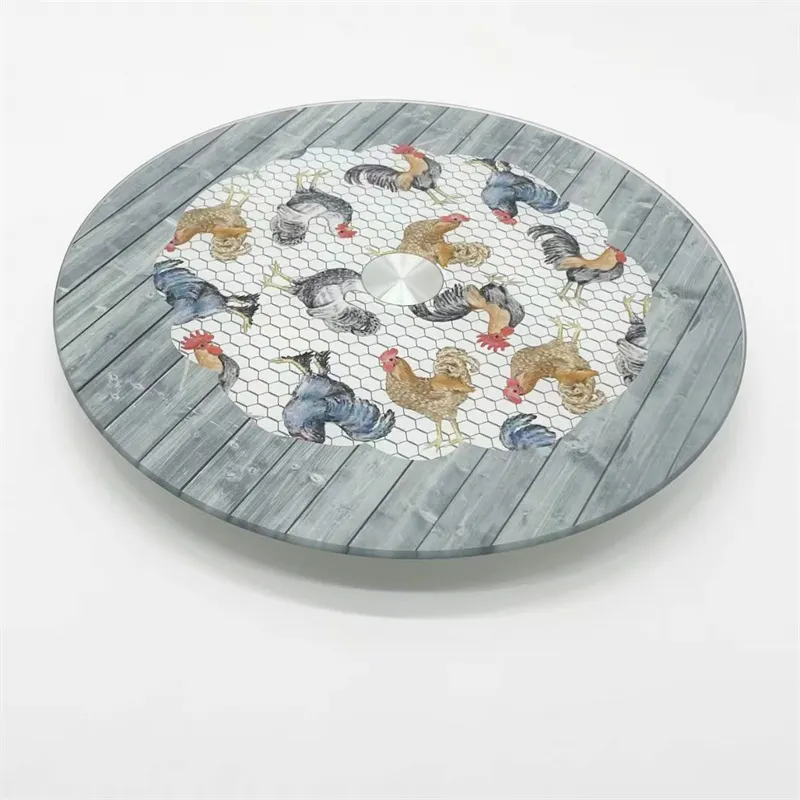Mai . 29, 2025 15:37 Back to list
Tempered Glass Shatterproof, Heat-Resistant & 5x Stronger Solutions
- Understanding Tempered Glass: Strength and Safety in Modern Materials
- Manufacturer Comparisons: Key Metrics for Tempered Glass Performance
- Custom Solutions: Tailoring Tempered Glass to Industry Needs
- Technical Superiority: How Tempered Glass Outperforms Alternatives
- Case Studies: Real-World Applications Across Industries
- Safety Standards and Certification Requirements
- Why Tempered Glass Remains a Cornerstone of Safety-Critical Applications

(tempered glass)
Understanding Tempered Glass: Strength and Safety in Modern Materials
Tempered glass, a safety-engineered material, undergoes thermal or chemical treatment to achieve surface compression levels exceeding 10,000 psi. This process creates a product 4-5× more impact-resistant than untreated glass. Common thicknesses range from 3mm to 19mm, with 6mm panels sustaining impacts up to 14.7 joules before failure (ASTM C1048 data).
Key manufacturing stages:
- Heating to ≈620°C (glass transition temperature)
- Rapid air-quenching at 50-100°C/sec
- Surface compression development within 120 seconds
Manufacturer Comparisons: Key Metrics for Tempered Glass Performance
| Manufacturer | Max Thickness | Impact Resistance (J) | Thermal Stability | Custom Sizing |
|---|---|---|---|---|
| Guardian Ultra | 15mm | 18.9 | 300°C ΔT | ±0.5mm |
| Pilkington Tuff | 12mm | 15.2 | 280°C ΔT | ±1.0mm |
| Vitro Armor | 19mm | 23.5 | 320°C ΔT | ±0.3mm |
Custom Solutions: Tailoring Tempered Glass to Industry Needs
Specialized applications require modified parameters:
- Automotive: 2.1-2.5mm thickness with 3.5° edge beveling
- Architectural: 8-12mm panels with 0.02% light distortion maximum
- Electronics: 0.7-1.2mm chemically strengthened variants
Post-processing options include acid-etching (20-60% opacity) and ceramic frit patterns with ±0.15mm registration accuracy.
Technical Superiority: How Tempered Glass Outperforms Alternatives
Comparative fracture patterns:
- Annealed glass: Produces sharp shards averaging 12-15cm length
- Tempered variants: Fractures into 5-8mm blunt granules
- Laminated types: Maintains structural integrity post-breakage
Thermal shock resistance tests show tempered glass
withstands 200°C temperature differentials versus 80°C for standard glass.
Case Studies: Real-World Applications Across Industries
High-rise façade project (Dubai): 12,000m² of 10mm tempered glass with solar coating reduced HVAC loads by 18% annually.
Automotive sunroofs: 2.3mm tempered panels achieved 35% weight reduction versus conventional designs.
Safety Standards and Certification Requirements
Global compliance benchmarks:
- EN 12150 (European impact testing)
- ANSI Z97.1 (US safety glazing)
- GB 15763.2 (Chinese thermal performance)
Third-party certification bodies require 98.7% compliance across 23 performance metrics for commercial approval.
Why Tempered Glass Remains a Cornerstone of Safety-Critical Applications
With 78% of commercial buildings now specifying tempered glass for exterior glazing (2023 Global Construction Report), its engineered failure mode continues to drive adoption. Ongoing R&D focuses on nano-coating integration (scratch resistance improved 40% in 2023 trials) and hybrid laminates combining tempered layers with PVB interlayers.
Industry projections estimate 6.2% CAGR through 2030, particularly in renewable energy (solar panel covers) and transportation sectors requiring lightweight safety materials.

(tempered glass)
FAQS on tempered glass
Q: What is tempered glass, and how is it different from regular glass?
A: Tempered glass is heat-treated to increase strength and safety. Unlike regular glass, it shatters into small, blunt pieces instead of sharp shards, reducing injury risk. It’s also 4-5 times stronger than untreated glass.
Q: What distinguishes laminated glass from tempered glass?
A: Laminated glass has a plastic interlayer that holds it together when broken, while tempered glass shatters into harmless granules. Tempered glass is stronger, but laminated glass offers better sound insulation and UV protection.
Q: Why is tempered glass considered safer than regular glass?
A: Tempered glass undergoes rapid heating and cooling, creating surface compression that enhances durability. When broken, it crumbles into small, safe pieces, unlike sharp shards from regular glass. This makes it ideal for high-traffic or safety-critical areas.
Q: Can tempered glass be used interchangeably with laminated glass?
A: No—tempered glass excels in strength and thermal resistance (e.g., oven doors), while laminated glass prioritizes security and noise reduction (e.g., car windshields). Their applications depend on specific safety or functional needs.
Q: Where is tempered glass most commonly applied?
A: Tempered glass is widely used in automotive side windows, shower enclosures, smartphone screens, and building facades. Its safety and strength make it suitable for environments where breakage risks are high.
-
What is the Difference Between Float Glass and Normal Glass?
NewsMay.30,2025
-
Differences Between Float Glass, Tempered Glass and Laminated Glass
NewsMay.29,2025
-
The Wonders of Ultra Clear Glass: Perfect Clarity for Every Application
NewsMay.16,2025
-
The Benefits of Wired Glass: Durable, Stylish, and Safety-First
NewsMay.16,2025
-
The Beauty of Pattern Glass
NewsMay.16,2025
-
Tempered Glass for Sale
NewsMay.16,2025
Related PRODUCTS













